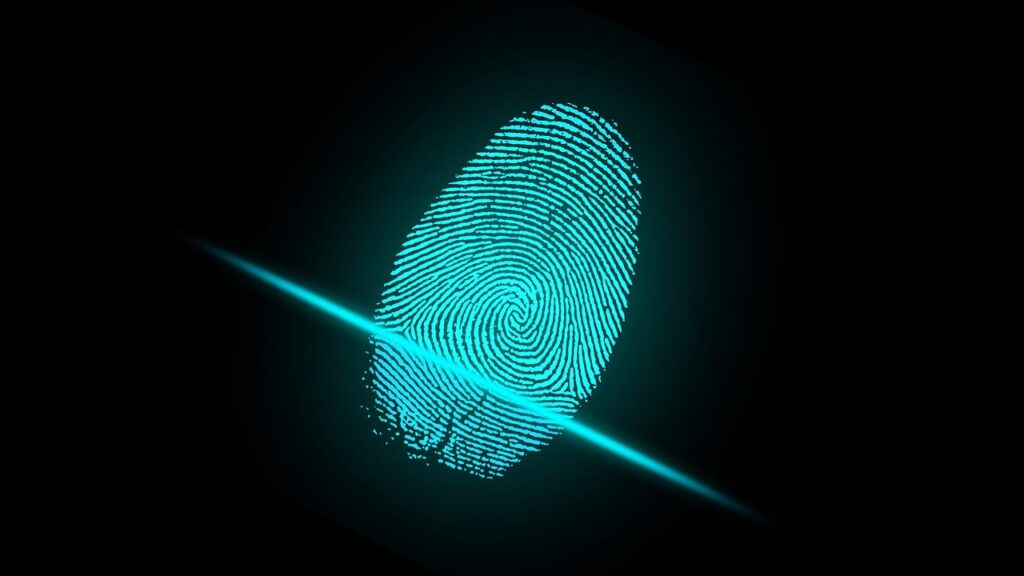The traditional passwords are being replaced by fingerprint and facial authentication systems really quickly. They are being used everywhere right from accessing a mobile phone to law enforcement systems.
But now, it is time to shift to a better, more secure biometric authentication system: 3D finger vein authentication.
A team of researchers have developed a new authentication method that uses 3D images of finger veins and greatly increases security.
This new approach appeared recently in the Applied Optics journal. The team was led by Jun Xia, from University at Buffalo, The State University of New York.
We all know that it is possible to bypass the fingerprint and facial authentication by faking but it is not possible in the new system.
Since no two people have exactly the same 3D vein pattern, faking a vein biometric authentication would require creating an exact 3D replica of a person’s finger veins, which is basically not possible.
Finger vein authentication is not a new thing but all the previous techniques used 2D images. Using 3D images give additional security as it adds a depth factor as well.
To build the 3D biometric authentication using the veins in a person’s fingers, the team used photoacoustic tomography.
What is photoacoustic tomography?
Photoacoustic imaging is a mode of imaging based on the photoacoustic effect. In photoacoustic imaging, non-ionizing laser pulses are delivered into biological tissues. Some of the delivered energy will be absorbed and converted into heat, leading to thermoelastic expansion and thus ultrasonic sound emission. The generated ultrasonic sound is detected by ultrasonic detectors and then analyzed to produce images.
“It has been challenging to use photoacoustic tomography for 3D finger vein biometric authentication because of the bulky imaging system, small field of view and inconvenient positioning of the hand,” said Xia. “We addressed these issues in the new system design through a better combination of light and acoustic beams and custom-made transducers to improve the imaging field of view.”
As an effort to make the the system available for usage, researchers built a new light- and acoustic-beam combiner. They also built a imaging window that allows the hand to be naturally placed on the platform, similar to a full-size fingerprint scanner.
Wenyao Xu, a computer scientist from University at Buffalo developed a new recognition algorithm which is another important part of the system.
“We envision this technique being used in critical facilities, such as banks and military bases, that require a high level of security,” said Milione. “With further miniaturization 3D vein authentication could also be used in personal electronics or be combined with 2D fingerprints for two-factor authentication.”
Now, the team is working to make the system even smaller and reduce the recognition time to below one second. According to the researchers, it will be possible to put finger vein authentication into mobile phones as well since ultrasound systems have already been developed for use in smartphones.
Journal Reference:
Ye Zhan, Aditya Singh Rathore, Giovanni Milione, Yuehang Wang, Wenhan Zheng, Wenyao Xu, Jun Xia. 3D finger vein biometric authentication with photoacoustic tomography. Applied Optics, 2020; 59 (28): 8751 DOI: 10.1364/AO.400550
Press Release: Optical Society

